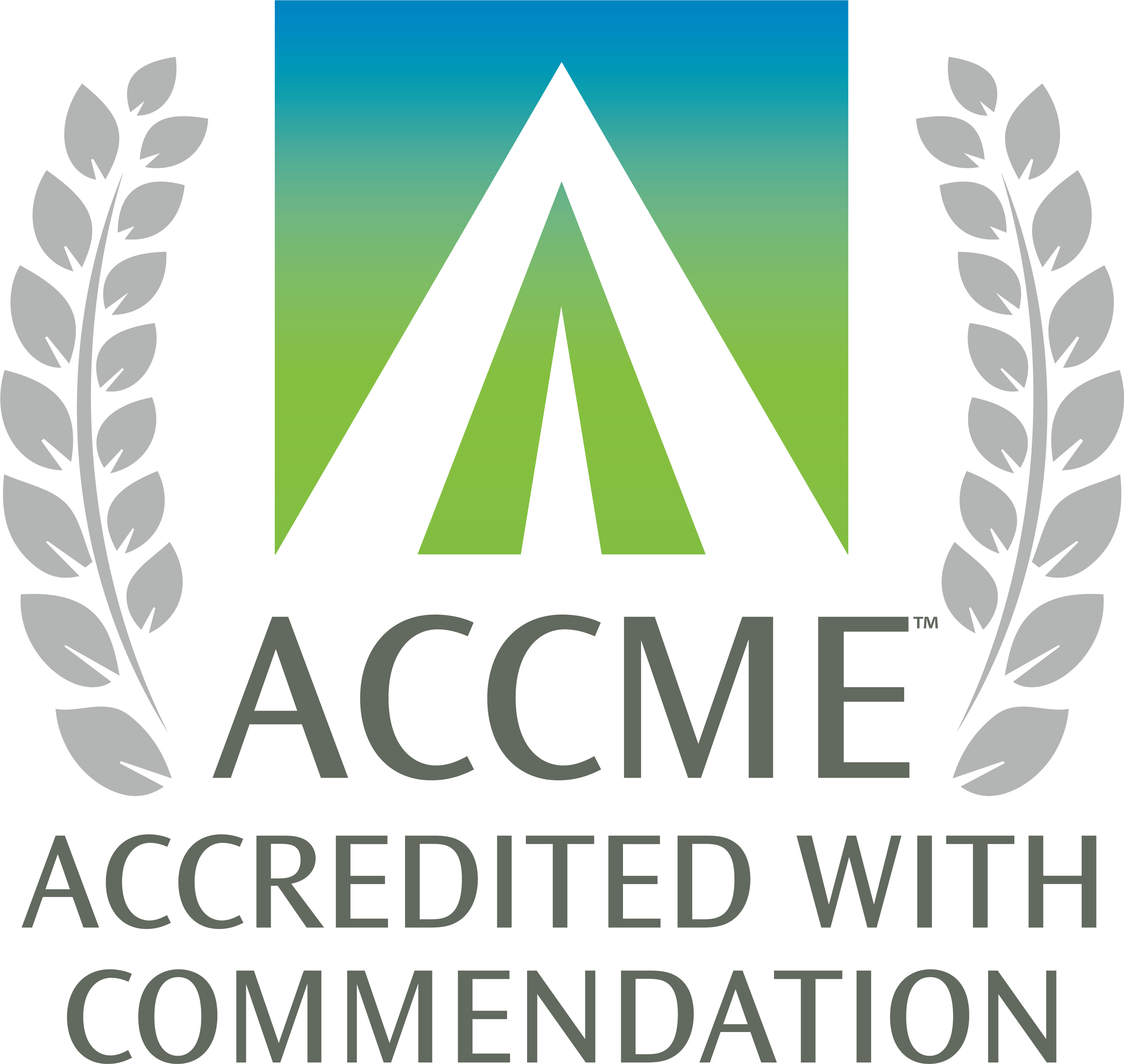Opioid Overdose Prevention Education for Emergency Departments
To begin this activity, click Enroll. Once logged in, learners can access educational content, assessments, and evaluations. Learners who successfully complete the activity will be able to print a certificate.
- Describe the epidemiology of opioid overdoses in legislation on overdose prevention.
- Identify risk factors for overdose and how to respond to overdose using Naloxone.
- Describe how to deliver patient education to patients at risk for an overdose on using Naloxone.
- Strategies to reduce the stigma of addiction.
This activity has been planned and implemented in accordance with the accreditation requirements and policies of the Accreditation Council for Continuing Medical Education (ACCME) through the joint providership of the University of Michigan Medical School and University of Michigan School of Nursing. The University of Michigan Medical School is accredited by the Accreditation Council for Continuing Medical Education (ACCME) to provide continuing medical education for physicians.
The University of Michigan Medical School designates this enduring material for a maximum of 1.00 AMA PRA Category 1 Credit(s) ™. Physicians should claim only the credit commensurate with the extent of their participation in the activity.
Original Release Date: January 2020
Termination Date: December 2022
Dahlem, C.H. and Doe-Simkins, M. (2019). Take A.C.T.I.O.N. to Save Lives: Nurse Practitioner’s Guide to Prescribing Naloxone for Accidental Opioid Overdose Prevention. Education resource published for American Association of Nurse Practitioners, http://assets.aanp.org/documents/permanent/Naloxone_Guide_for_NPs.pdf.
1. Drug-related mortality after discharge from treatment: A record-linkage study of substance abuse clients in Texas, 2006-2012.
Maughan BC, Becker EA.
Drug Alcohol Depend. 2019 Nov 1;204:107473. doi: 10.1016/j.drugalcdep.2019.05.011. Epub 2019 Aug 30.
PMID: 31520924 [PubMed - in process]
Similar articles
2. One-Year Mortality of Patients After Emergency Department Treatment for Nonfatal Opioid Overdose.
Weiner SG, Baker O, Bernson D, Schuur JD.
Ann Emerg Med. 2020 Jan;75(1):13-17. doi: 10.1016/j.annemergmed.2019.04.020. Epub 2019 Jun 20.
PMID: 31229387 [PubMed - in process]
Similar articles
3. Drug and Opioid-Involved Overdose Deaths - United


